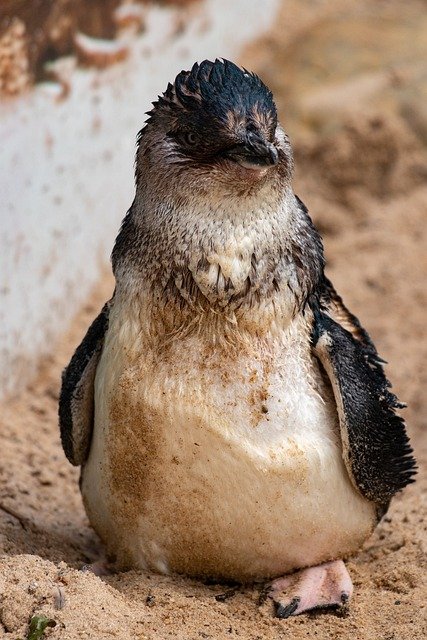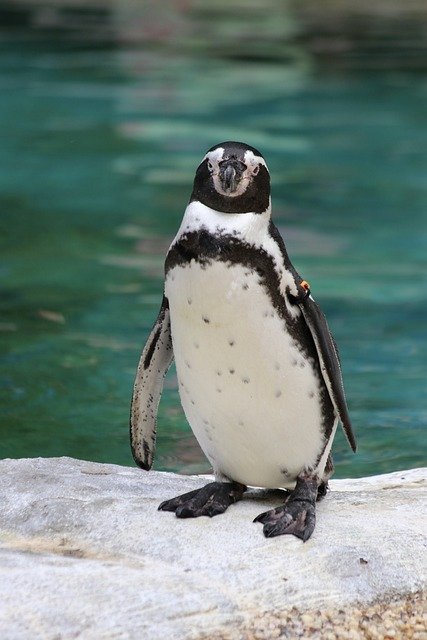**Title: "The Social Lives of Penguins: Understanding Their Unique Social Structures and Behaviors"**

The Social Lives of Penguins: Understanding Their Unique Social Structures and Behaviors
Penguins are fascinating creatures that have captured the hearts of many with their charming waddles and striking appearances. However, beyond their endearing looks lies a complex social life that is essential for their survival. In this post, we will explore the unique social structures and behaviors of penguins, shedding light on how these remarkable birds interact with one another in their natural habitats.
1. The Importance of Social Structures
Penguins are highly social animals, often found in large colonies that can number in the thousands. These colonies provide several benefits, including:
Protection from Predators: By living in large groups, penguins can reduce the risk of predation. The sheer number of individuals can confuse predators and provide safety in numbers.
Thermoregulation: In harsh Antarctic climates, penguins huddle together to conserve heat. This behavior is crucial for survival in extreme cold.
Resource Sharing: Social structures allow penguins to share information about food sources and nesting sites, enhancing their chances of survival.
2. Communication Methods
Penguins have developed a variety of vocalizations and body language to communicate with one another. Some key methods include:
Vocal Calls: Each penguin species has distinct vocalizations, which they use to identify mates and communicate with colony members. For example, Emperor penguins have unique calls that help them locate their partners in crowded colonies.
Body Language: Penguins use various postures and movements to convey messages. For instance, a penguin may bow or raise its flippers to assert dominance or show submission.
3. Mating and Parenting Behaviors
Penguin social life is heavily influenced by their mating and parenting strategies:
Monogamous Relationships: Many penguin species form monogamous pairs for the breeding season. These partnerships are often long-lasting, with some pairs reuniting year after year.
Cooperative Parenting: In species like the Emperor penguin, both parents take turns incubating the egg and feeding the chick. This cooperation is vital for the survival of their offspring in the harsh environment.
4. Social Hierarchies
Within penguin colonies, social hierarchies can emerge, influencing behaviors such as:
Dominance: Some individuals may establish dominance over others, affecting access to resources and mating opportunities.
Alloparenting: In certain species, individuals may assist in caring for chicks that are not their own, reinforcing social bonds within the colony.
5. The Impact of Environmental Changes
As climate change and human activities continue to impact penguin habitats, their social structures and behaviors may be affected. Changes in food availability, nesting sites, and colony dynamics can lead to stress and competition among individuals.
Conclusion
The social lives of penguins are intricate and vital to their survival. Understanding their unique social structures and behaviors not only enhances our appreciation for these remarkable birds but also highlights the importance of conserving their habitats. As we continue to study and learn about penguins, we can better advocate for their protection and ensure that future generations can enjoy their captivating presence in the wild.
Feel free to share your thoughts and questions about penguin social behaviors in the comments below! 🐧✨
